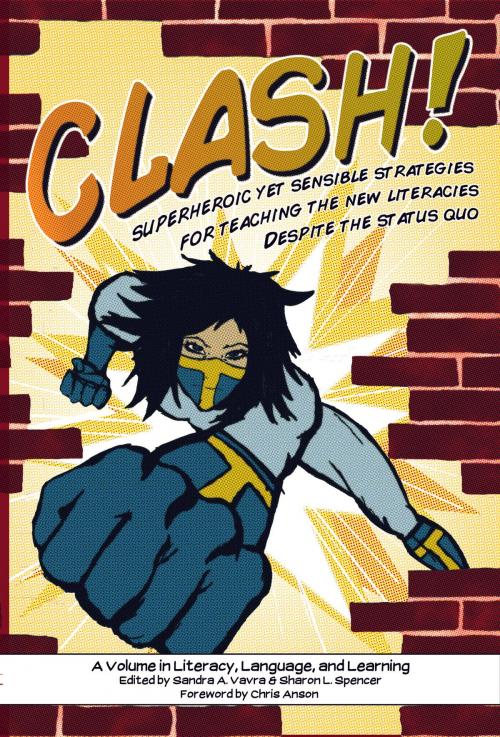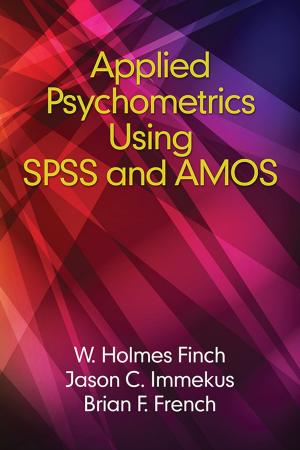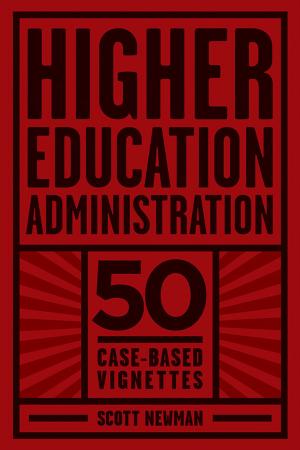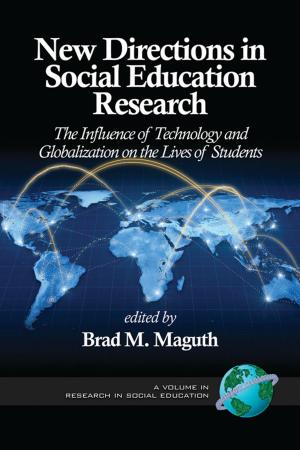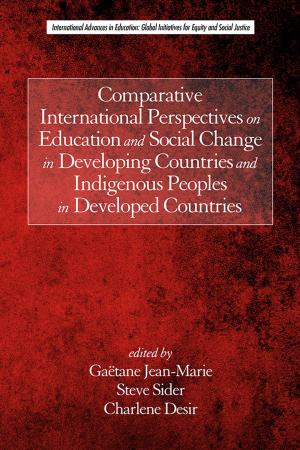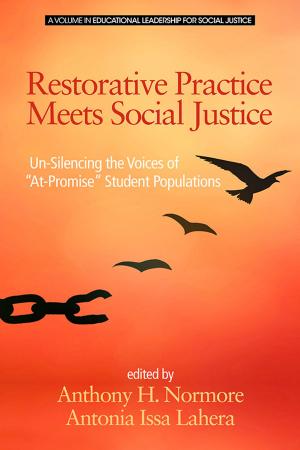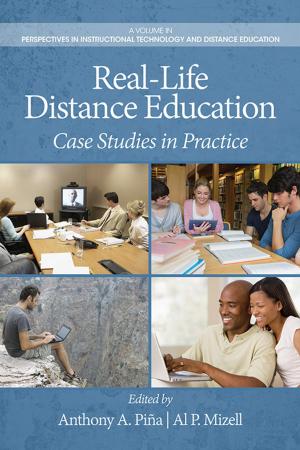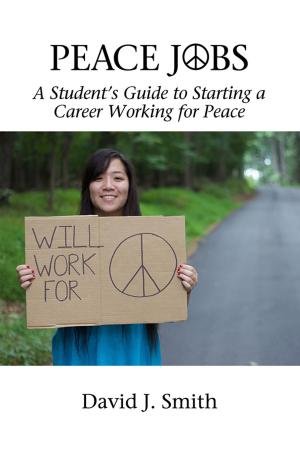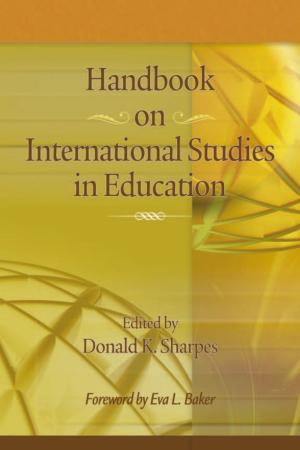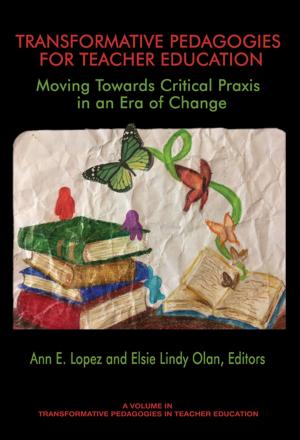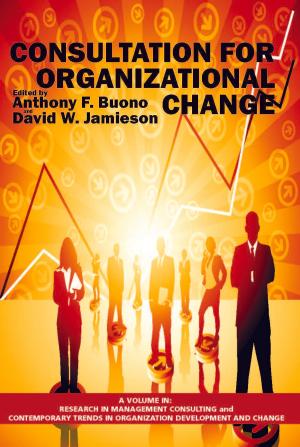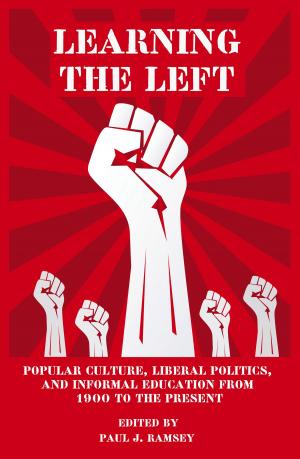CLASH!
Superheroic Yet Sensible Strategies for Teaching the New Literacies Despite the Status Quo
Nonfiction, Reference & Language, Language Arts, Literacy, Education & Teaching, Administration| Author: | ISBN: | 9781617355196 | |
| Publisher: | Information Age Publishing | Publication: | September 1, 2011 |
| Imprint: | Information Age Publishing | Language: | English |
| Author: | |
| ISBN: | 9781617355196 |
| Publisher: | Information Age Publishing |
| Publication: | September 1, 2011 |
| Imprint: | Information Age Publishing |
| Language: | English |
This book offers ideas that secondary teachers, university content faculty, and teacher educators can use to challenge traditional literacy practices and demonstrate creative, innovative ways of incorporating new literacies into the classroom, all within a strong theoretical framework. Teachers are trying to catch up to the new challenges of the twentyfirst century. It is a superheroic feat that must be achieved if education is to stay relevant and viable. There is a lot of zip, bam, whap, and wow in the fastpaced, social networking, technological world, but not so much in the often laboriously slowpaced educational world. Where is the balance? How do teachers and students learn together, since one group has seasoned wisdom with limited technological knowhow and the other uses all the cool new tools, but not in the service of learning? These are some important issues to consider in finding the balance in an unstable, fastmoving, everchanging world. This book is practical and useful to literacy teachers, teacher educators, and university faculty by bringing together the expertise of composition/rhetoric researchers and writers, literacy specialists, technology specialists, and teachers who are on the cutting edge of new literacies.
This book offers ideas that secondary teachers, university content faculty, and teacher educators can use to challenge traditional literacy practices and demonstrate creative, innovative ways of incorporating new literacies into the classroom, all within a strong theoretical framework. Teachers are trying to catch up to the new challenges of the twentyfirst century. It is a superheroic feat that must be achieved if education is to stay relevant and viable. There is a lot of zip, bam, whap, and wow in the fastpaced, social networking, technological world, but not so much in the often laboriously slowpaced educational world. Where is the balance? How do teachers and students learn together, since one group has seasoned wisdom with limited technological knowhow and the other uses all the cool new tools, but not in the service of learning? These are some important issues to consider in finding the balance in an unstable, fastmoving, everchanging world. This book is practical and useful to literacy teachers, teacher educators, and university faculty by bringing together the expertise of composition/rhetoric researchers and writers, literacy specialists, technology specialists, and teachers who are on the cutting edge of new literacies.
